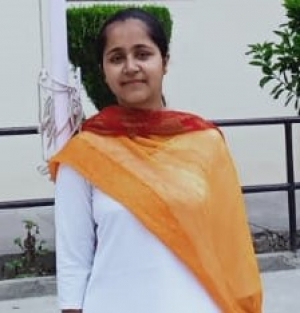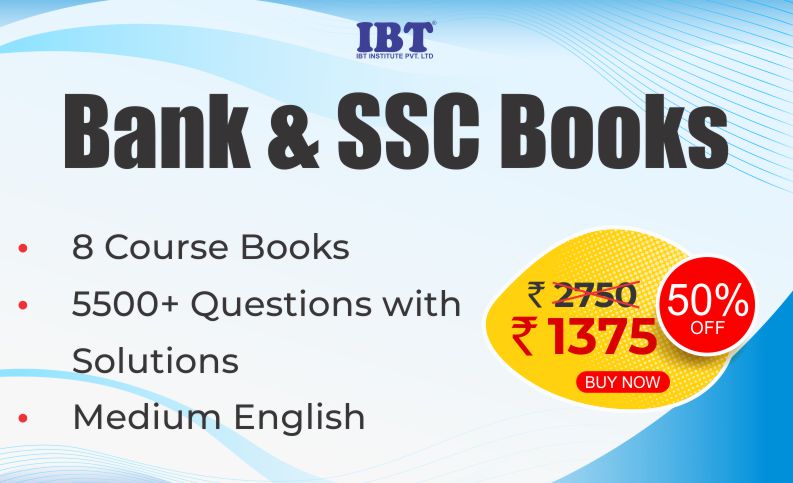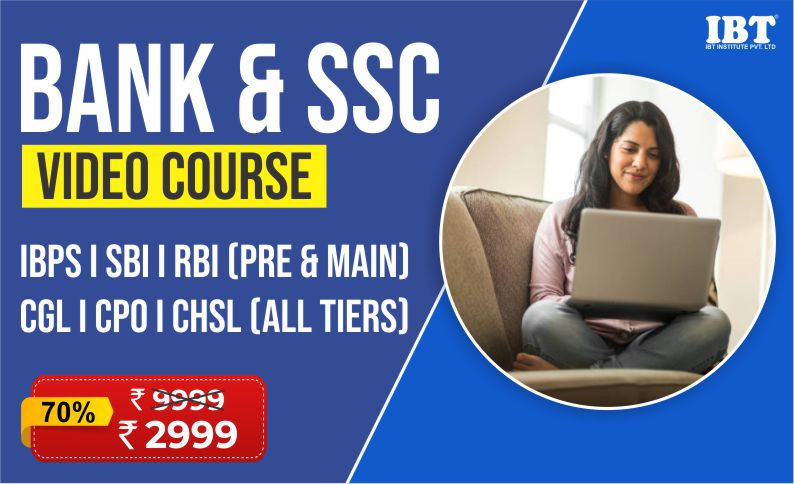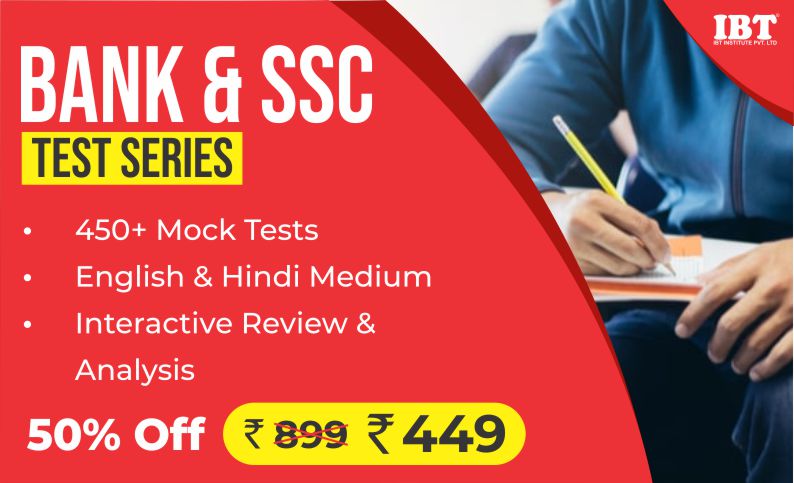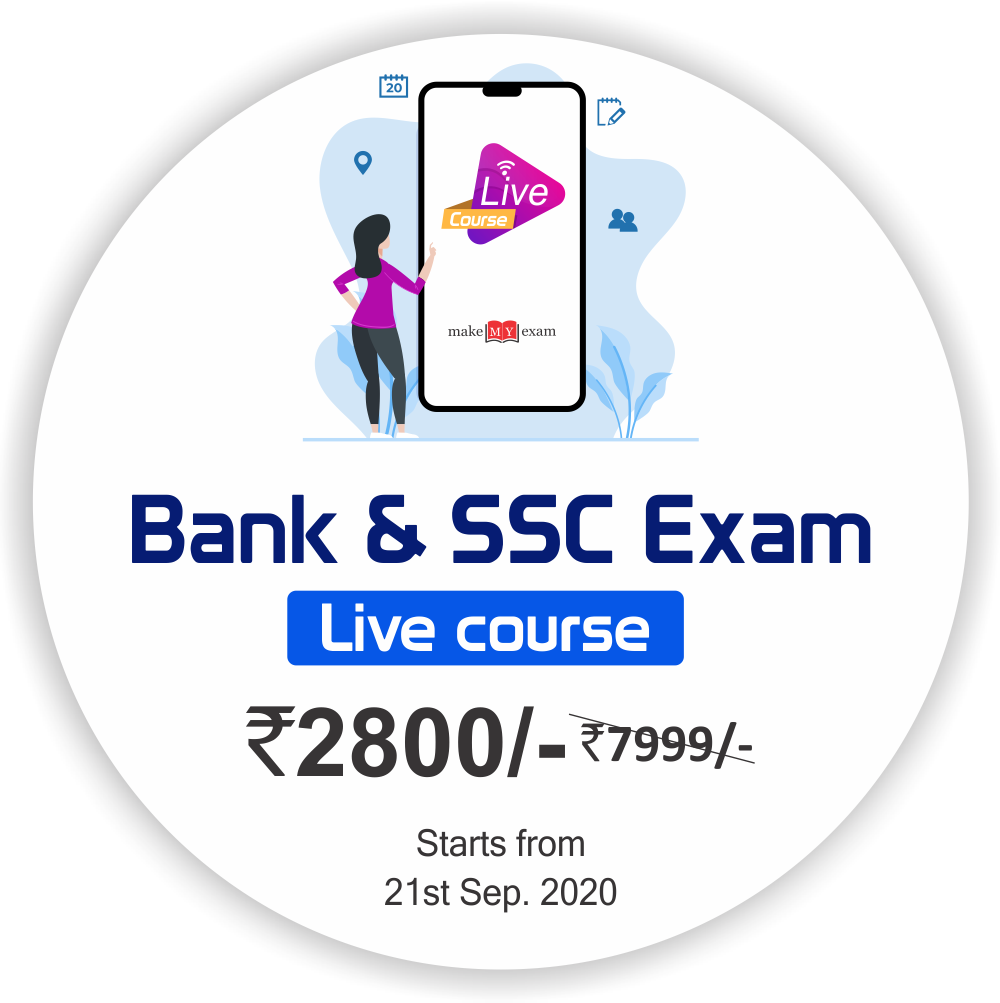SSC CHSL 2025: Exam Pattern & Syllabus
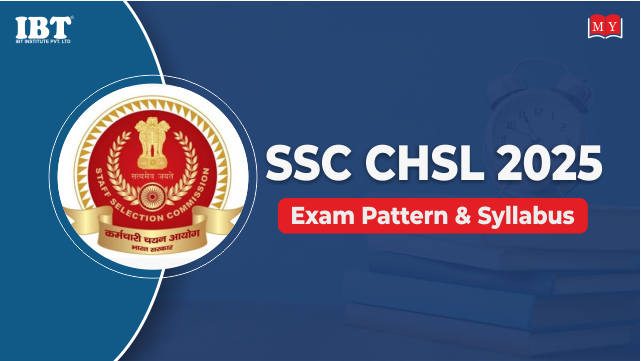
SSC CHSL 2025: Exam Pattern & Syllabus
The Staff Selection Commission (SSC) conducts the Combined Higher Secondary Level (CHSL) examination annually to recruit candidates for various posts like Lower Divisional Clerk (LDC)/Junior Secretariat Assistant (JSA), Postal Assistant (PA)/Sorting Assistant (SA), and Data Entry Operator (DEO). The SSC CHSL 2025 examination will be conducted in two tiers: Tier 1 and Tier 2.
Tier 1: Computer-Based Examination (CBE) - Objective Type
-
Mode: Online (Computer-Based Test - CBT)
-
Type: Objective Multiple Choice Questions
-
Total Questions: 100
-
Total Marks: 200
-
Duration: 60 minutes (80 minutes for PWD candidates)
-
Negative Marking: 0.50 marks will be deducted for each incorrect answer.
|
Subject
|
Number of Questions
|
Maximum Marks
|
|---|---|---|
|
General Intelligence
|
25
|
50
|
|
Quantitative Aptitude
|
25
|
50
|
|
English Language
|
25
|
50
|
|
General Awareness
|
25
|
50
|
|
Total
|
100
|
200
|
Tier 2: Computer-Based Examination (CBE) - Objective Type + Skill Test/Typing Test
Tier 2 will be conducted in two sessions (Session-I and Session-II) on the same day. It will include three sections, each with two modules. It is mandatory for candidates to qualify in all sections of Tier 2.
-
Mode: Online (Computer-Based Test - CBT)
-
Type: Objective Type Multiple Choice Questions (except for Module-2 of Section-III which is a Skill Test/Typing Test).
-
Language of Questions: English and Hindi (except for Module-I of Section-II i.e., English Language and Comprehension).
-
Negative Marking: 1 mark will be deducted for each wrong answer in Section-I, Section-II, and Module-I of Section-III.
Session-I (2 hours and 15 minutes)
|
Section
|
Module
|
Subject
|
Number of Questions
|
Maximum Marks
|
Time Allotted
|
|---|---|---|---|---|---|
|
Section-I
|
Module-I
|
Mathematical Abilities
|
30
|
90
|
1 hour
|
|
|
Module-II
|
Reasoning and General Intelligence
|
30
|
90
|
(for each section)
|
|
|
|
Total
|
60
|
180
|
|
|
Section-II
|
Module-I
|
English Language and Comprehension
|
40
|
120
|
1 hour
|
|
|
Module-II
|
General Awareness
|
20
|
60
|
(for each section)
|
|
|
|
Total
|
60
|
180
|
|
|
Section-III
|
Module-I
|
Computer Knowledge Module
|
15
|
45
|
15 minutes
|
Session-II (25 minutes)
|
Section
|
Module
|
Subject
|
Time Allotted (approx.)
|
|---|---|---|---|
|
Section-III
|
Module-II
|
Skill Test/Typing Test Module
|
|
|
|
Part A
|
Skill Test for DEOs
|
15 minutes
|
|
|
Part B
|
Typing Test for LDC/JSA
|
10 minutes
|
Note: For candidates eligible for a scribe, the time allotted for each section in Session-I is 1 hour and 20 minutes, and for Module-I of Section-III, it's 20 minutes. Similarly, for Part A of Module-II in Session-II, it's 20 minutes, and for Part B, it's 15 minutes.
SSC CHSL 2025 Syllabus
The syllabus for SSC CHSL is extensive and covers a wide range of topics across different subjects.
Tier 1 Syllabus
The Tier 1 syllabus assesses basic knowledge and understanding.
1. English Language (Basic Knowledge)
-
Spot the Error
-
Fill in the Blanks
-
Synonyms/Homonyms & Antonyms
-
Spellings/Detecting Misspelt Words
-
Idioms & Phrases
-
One Word Substitution
-
Improvement of Sentences
-
Active/Passive Voice of Verbs
-
Conversion into Direct/Indirect Narration
-
Shuffling of Sentence parts
-
Shuffling of Sentences in a passage
-
Cloze Passage
-
Comprehension Passage
2. General Intelligence & Reasoning
This section tests analytical abilities, problem-solving skills, and logical thinking.
-
Verbal Reasoning: Semantic Analogy, Symbolic operations, Symbolic/Number Analogy, Trends, Figural Analogy, Space Orientation, Semantic Classification, Venn Diagrams, Symbolic/Number Classification, Drawing Inferences, Figural Classification, Punched hole/pattern-folding & unfolding, Semantic Series, Figural Pattern-folding and completion, Number Series, Embedded figures, Figural Series, Critical Thinking, Problem Solving, Emotional Intelligence, Word Building, Social Intelligence, Coding and de-coding, Numerical operations.
-
Non-Verbal Reasoning: Analogy, Classification, Series, Mirror Image, Water Image, Paper Cutting & Folding, Completion of Incomplete Pattern, Embedded Figures, Dot Situation.
3. Quantitative Aptitude (Basic Arithmetic Skill)
This section assesses basic mathematical skills and ability to handle numerical data.
-
Number Systems: Computation of Whole Numbers, Decimals and Fractions, Relationship between numbers.
-
Fundamental Arithmetical Operations: Percentages, Ratio and Proportion, Square Roots, Averages, Interest (Simple and Compound), Profit and Loss, Discount, Partnership Business, Mixture and Alligation, Time and Distance, Time and Work.
-
Algebra: Basic algebraic identities of School Algebra & Elementary Surds (simple problems), Graphs of Linear Equations.
-
Geometry: Familiarity with elementary geometric figures and facts: Triangle and its various kinds of centres, Congruence and similarity of triangles, Circle and its chords, tangents, angles subtended by chords of a circle, common tangents to two or more circles.
-
Mensuration: Triangle, Quadrilaterals, Regular Polygons, Circle, Right Prism, Right Circular Cone, Right Circular Cylinder, Sphere, Hemispheres, Rectangular Parallelepiped, Regular Right Pyramid with triangular or square Base.
-
Trigonometry: Trigonometry, Trigonometric ratios, Complementary angles, Height and distances (simple problems only) Standard Identities like sin2θ+cos2θ=1 etc.
-
Statistical Charts: Use of Tables and Graphs: Histogram, Frequency polygon, Bar-diagram, Pie-chart, Measures of central tendency: mean, median, mode, standard deviation, calculation of simple probabilities.
4. General Awareness
This section tests general knowledge of current events, history, geography, civics, science, economics, and other general knowledge topics relevant to India.
-
Current Events: National and International current affairs.
-
History: India and its neighboring countries, Indian History (Ancient, Medieval, and Modern).
-
Culture: Indian Art and Culture.
-
Geography: Indian Geography.
-
Economic Scene: Indian Economy.
-
General Policy: Indian Polity and Constitution.
-
Scientific Research: General Science (Physics, Chemistry, Biology), Environmental Studies.
Tier 2 Syllabus
Tier 2 covers more advanced topics and includes a computer knowledge test and skill/typing test.
Section-I: Module-I (Mathematical Abilities)
The syllabus for Mathematical Abilities in Tier 2 is largely the same as Quantitative Aptitude in Tier 1, but with a potentially higher difficulty level and more in-depth questions. This includes:
-
Number Systems
-
Fundamental Arithmetical Operations
-
Algebra
-
Geometry
-
Mensuration
-
Trigonometry
-
Statistics & Probability
Section-I: Module-II (Reasoning and General Intelligence)
Similar to Tier 1, but with more complex problems covering:
-
Semantic Analogy
-
Symbolic operations
-
Symbolic/Number Analogy
-
Trends
-
Figural Analogy
-
Space Orientation
-
Semantic Classification
-
Venn Diagrams
-
Symbolic/Number Classification
-
Drawing Inferences
-
Figural Classification
-
Punched hole/pattern-folding & unfolding
-
Semantic Series
-
Figural Pattern-folding and completion
-
Number Series
-
Embedded figures
-
Figural Series
-
Critical Thinking
-
Problem Solving
-
Emotional Intelligence
-
Word Building
-
Social Intelligence
-
Coding and de-coding
-
Numerical operations
Section-II: Module-I (English Language and Comprehension)
This module focuses on advanced English language skills.
-
Vocabulary, Grammar, Sentence Structure
-
Synonyms/Homonyms, Antonyms
-
Spot the Error, Fill in the Blanks
-
Spellings/Detecting Misspelt Words
-
Idioms & Phrases, One-word Substitution
-
Improvement of Sentences
-
Active/Passive Voice of Verbs
-
Conversion into Direct/Indirect Narration
-
Shuffling of Sentence parts, Shuffling of Sentences in a passage
-
Cloze Passage, Comprehension Passage (more difficult and analytical)
Section-II: Module-II (General Awareness)
This section will test a deeper understanding of current events and general knowledge.
-
Current Events
-
History (more in-depth)
-
Culture
-
Geography
-
Economic Scene
-
General Policy
-
Scientific Research
-
Knowledge of India and its neighboring countries.
Section-III: Module-I (Computer Knowledge Module)
This module assesses basic computer literacy.
-
Computer Basics: Organization of a computer, Central Processing Unit (CPU), Input/Output devices, Computer memory, Memory organization, Back-up devices, Ports, Windows Explorer.
-
Software: Windows Operating System including Microsoft Office (MS Word, MS Excel, PowerPoint etc.).
-
Working with Internet and E-mails: Web Browse & Searching, Downloading & Uploading, Managing an E-mail Account, E-Banking.
-
Basics of Networking & Cyber Security: Networking devices & protocols, Network topologies, Internet, Intranet, Wireless Technologies, Cyber Security (hacking, virus, worms, Trojans, preventive measures).
Section-III: Module-II (Skill Test/Typing Test)
This is a qualifying stage and its requirements vary based on the post.
-
Part A: Skill Test for Data Entry Operators (DEOs)
-
Data Entry Speed of 8,000 Key Depressions per hour on Computer.
-
Speed will be assessed on accuracy of typing of a given passage/text matter in English for 15 minutes.
-
For DEOs in the Department/Ministry mentioned in the notification (e.g., C&AG), a speed of 15,000 key depressions per hour is required.
-
-
Part B: Typing Test for LDC/JSA & PA/SA
-
Typing Test will be conducted in English or Hindi.
-
Candidates opting for English Medium must have a typing speed of 35 words per minute (w.p.m.).
-
Candidates opting for Hindi Medium must have a typing speed of 30 words per minute (w.p.m.).
-
The duration of the test is 10 minutes.
-
Understanding this detailed exam pattern and syllabus is crucial for candidates to formulate an effective preparation strategy for the SSC CHSL 2025 examination. Candidates are advised to refer to the official SSC CHSL 2025 notification for any further updates or specific details.
2 likes |
0 comment
 4.5/5
4.5/5



